Fatum (파툼)
16.5Km 2019-12-20
86-5, Samcheong-ro, Jongno-gu, Seoul
+82-2-739-9888
FATUM is famous for its great view of Samcheong-dong. Each floor is decorated with a different theme, from natural rocks on the first floor, comfort on the second floor, and indoor viewing places on the third and fourth floors, and outdoor seats on the fifth floor. The view features beautiful scenery including Bugaksan Mountain, Inwangsan Mountain, and Gyeongbokgung Palace at once, as well as a fantastic sunset from the café.
Puerta Changnyongmun (창룡문)
16.5Km 2021-04-28
Gyeongsu-daero 697, Paldal-gu, Suwon-si, Gyeonggi-do.
La puerta Changnyeongmun, puerta este de la Fortaleza Hwaseong, es similar en forma y tamaño a la puerta Hwaseomun. El gran punto de interés de esta puerta es la placa a la izquierda de la puerta, que tiene grabados en granito visibles aún hoy, mientras que las placas de las otras tres puertas ya se han desgastado.
Centro de Cultura Tradicional de Suwon (수원전통문화관)
16.5Km 2025-04-30
Jangan-dong, Paldal-gu, Suwon-si, Gyeonggi-do
Yeonpo Galbi (연포갈비)
16.5Km 2021-02-24
56-1, Jeongjo-ro 906beon-gil, Paldal-gu, Suwon-si, Gyeonggi-do
+82-31-255-1337
Located near Hwahongmun Gate, one the Eight Sights of Suwon, Yeonpo Galbi is the perfect place to stop by for a rest and to eat some authentic Suwon galbi (ribs) while touring the area. With rustic logs on the exterior and a bright, clean interior, the restaurant seeks to capture the local spirit of the neighborhood and aesthetically complement the nearby Hwahongmun Gate. As far as for the food, each dish is designated to be prepared by a specific assistant cook for a consistent taste.
Persian Palace (페르시안궁전)
16.5Km 2021-03-30
9, Seonggyungwan-ro 6-gil, Jongno-gu, Seoul
+82-2-763-6050
Persian Palace was opened in 2002 and is operated by an Iranian owner. The three-story restaurant offers spacious dining areas and specializes in curry and Iranian cuisine. The restaurant consists of two kitchens with one dedicated to curry meals prepared by an Indian chef and the other dedicated to Iranian menus prepared by an Iranian chef. They also offer Halal food and a prayer room for Muslims.
Fortaleza Hwaseong de Suwon (수원 화성) [Patrimonio Cultural de la Humanidad de la Unesco]
16.6Km 2024-12-23
Yeonghwa-dong 320-2, Jangan-gu, Suwon-si, Gyeonggi-do.
La Fortaleza Hwaseong de Suwon ha sido la fortificación oficial de la ciudad de Suwon, Gyeonggi-do, desde fines del período de Joseon (1392-1910). La fortificación comenzó a ser construida en 1794, el 18vo. año del rey Jeongjo (22do. rey de la dinastía Joseon), y finalizada en 1796. Fue levantada con los fines de exteriorizar el amor filial del rey hacia su padre, Jangheonseja, y erigir una nueva ciudad con su propio poder económico.
Los muros de la fortaleza tienen 5,52 km de longitud y tiene una gran variedad de instalaciones militares que no se pueden ver en otras fortalezas. Sobre la cima de la muralla se levantó el muro defensivo para vigilar la llegada del enemigo y en ella se hicieron varios hoyos para apuntar con armas. En cada dirección hay una entrada; al norte, la puerta Janganmun; al sur, la puerta Paldalmun; al este, la puerta Changnyongmun; y al oeste, la puerta Hwaseomun. Atraviesa la fortaleza un arroyo y en el punto donde esta corriente de agua se encuentra con la muralla se construyeron los pasos de agua denominados Sumun. En total hay siete Sumun con forma de arco y sobre ellas se levantó un pabellón llamado puerta Hwahongmun. El rey hizo erigir la Fortaleza Hwaseong siguiendo los consejos de Yu Hyeong-won (1622-1673) y Jeong Yak-yong (1762-1836), y hoy en día se considera que sus muros han sido construidos con importantes conocimientos científicos. Como material de construcción de la muralla se utilizaron unos tipos especiales de ladrillos, y los hoyos, a través de los cuales se podían defender de flechas y lanzas, fueron también utilizados como boca para apuntar armas de fuego. Jeong Yak-yong inventó el Geojunggi, que usa una hwalcha (polea) para levantar pesadas piedras, lo que llegó a reducir mucho el tiempo de la obra.
La Fortaleza Hwaseong pasó por muchos períodos de turbulencia y sufrió muchos daños, y en la Guerra de Corea muchas de sus instalaciones fueron afectadas. Las obras de restauración se iniciaron en 1975 y finalizaron cuatro años más tarde. Pero el sector que va desde la puerta Paldalmun a la puerta Dongnamgangnu, un espacio de 491 metros, no ha podido ser reconstruido. La fortaleza fue designada Monumento Histórico en enero de 1963; y en diciembre de 1997, la Unesco la designó Patrimonio Cultural de la Humanidad.
Ca'del Lupo (까델루뽀)
16.6Km 2020-04-27
5-5, Jahamun-ro 16-gil, Jongno-gu, Seoul
+82-2-734-5233
Ca'del Lupo is an Italian restaurant, closely located to Paris Baguette in Hyoja-dong, Jongno-gu near Gyeongbokgung Palace Station. Though the restaurnat masters delicious homemade Italian cuisine on the inside, the exterior is wholly Korean. This unique combination of Hanok (traditional Korean house) style housing and Western foods is drawing a lot of people to Hyoja-dong. The great mix of both cultures can be seen in the sophisticated decorations and from the amazing food. The herbs they use are picked directly from the restaurant's personal garden. But to enjoy the atmosphere here, you will have to make a reservation far in advance.
Festival Cultural de la Fortaleza Hwaseong de Suwon (수원화성문화제)
16.6Km 2025-07-01
Sinpung-dong 363-31, Paldal-gu, Suwon-si, Gyeonggi-do.
031-228-3920
El Festival Cultural de la Fortaleza Hwaseong es una fiesta de carácter histórico que tiene lugar en Suwon para celebrar el Día del ciudadano de Suwon. La Fortaleza Hwaseong (Patrimonio Cultural de la Humanidad de la Unesco), es un destino turístico muy visitado por los turistas todo el año. Presenta diversas actividades y espectáculos como desfiles, ceremonias oficiales y teatros tradicionales. Junto a este festival, también habrá festivales y concursos de la gastronomía de distintos países en los cuales los participantes podrán degustar los platos típicos de cada uno.
Cheongsujeong (청수정)
16.6Km 2021-03-29
91, Samcheong-ro, Jongno-gu, Seoul
+82-2-738-8288
Only fresh ingredients are carefully selected to serve only dishes rich in taste and nutrition. This Korean dishes restaurant is located in Jongno-gu, Seoul. The representative menu is bulgogi with rice.
Haeunjae [Korea Quality] / 하은재 [한국관광 품질인증/Korea Quality]
16.6Km 2025-01-02
68-10, Jahamun-ro, Jongno-gu, Seoul
Haeunjae (下隱齋), meaning “hermit’s residence,” is a hanok (traditional Korean house) residence located in Seochon Hanok Village, near Gyeongbokgung Station on Seoul Subway Line 3. It is dedicated to the ideal of “movies and rest,” and takes after the characteristic form of modern hanok with a small courtyard. The entire house is rented out at once, with a queen bedroom, kitchen, movie room, and two restrooms. Up to 4 guests can reserve the house, with each additional guest above the standard of 2 having access to additional bedding.
The movie room is furnished with a Bose sound system, beam projector, and screen, along with a mobile foot bath. The kitchen is equipped with a refrigerator, hand drip coffee maker, toaster, electric kettle, and utensils. A 10% discount is available for guests staying for more than 2 nights on weekdays, and towel replacement and cleaning services are offered for guests staying for more than 3 nights.
The residence is located close to tourist sites like Tongin Market, Gyeongbokgung and Changdeokgung Palaces, and Samcheong-dong area.
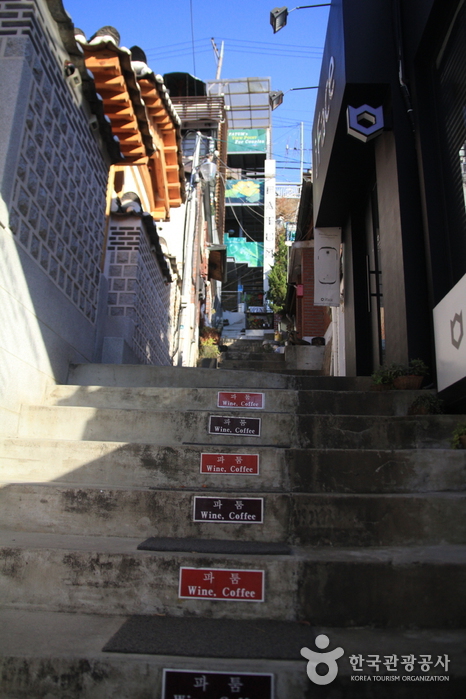
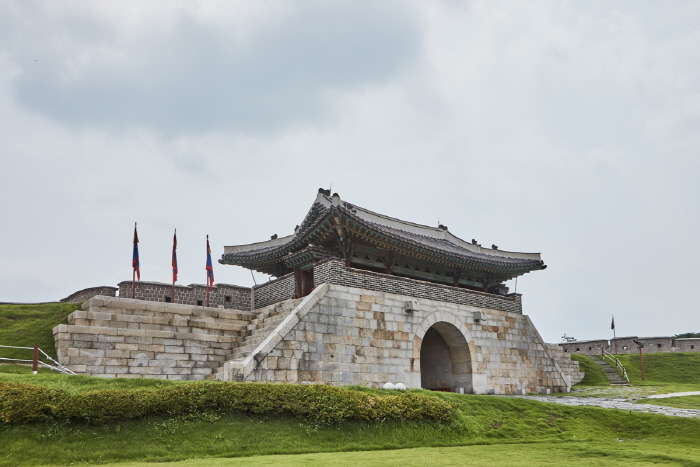

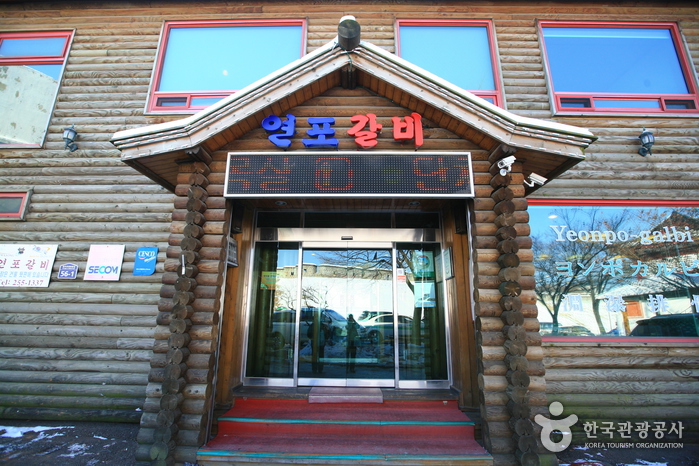
![Fortaleza Hwaseong de Suwon (수원 화성) [Patrimonio Cultural de la Humanidad de la Unesco]](http://tong.visitkorea.or.kr/cms/resource/36/2613036_image2_1.jpg)
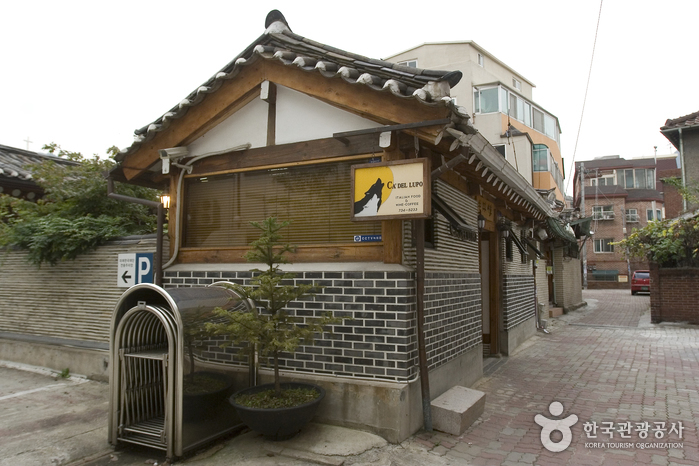
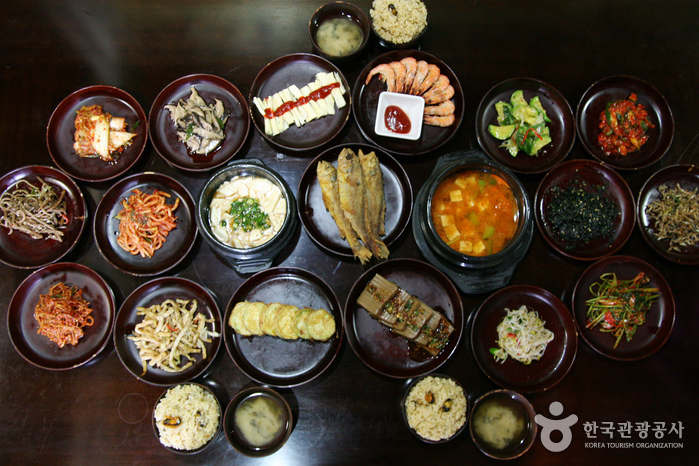
![Haeunjae [Korea Quality] / 하은재 [한국관광 품질인증/Korea Quality]](http://tong.visitkorea.or.kr/cms/resource/88/2707588_image2_1.jpg)
 Español
Español
 한국어
한국어 English
English 日本語
日本語 中文(简体)
中文(简体) Deutsch
Deutsch Français
Français Русский
Русский